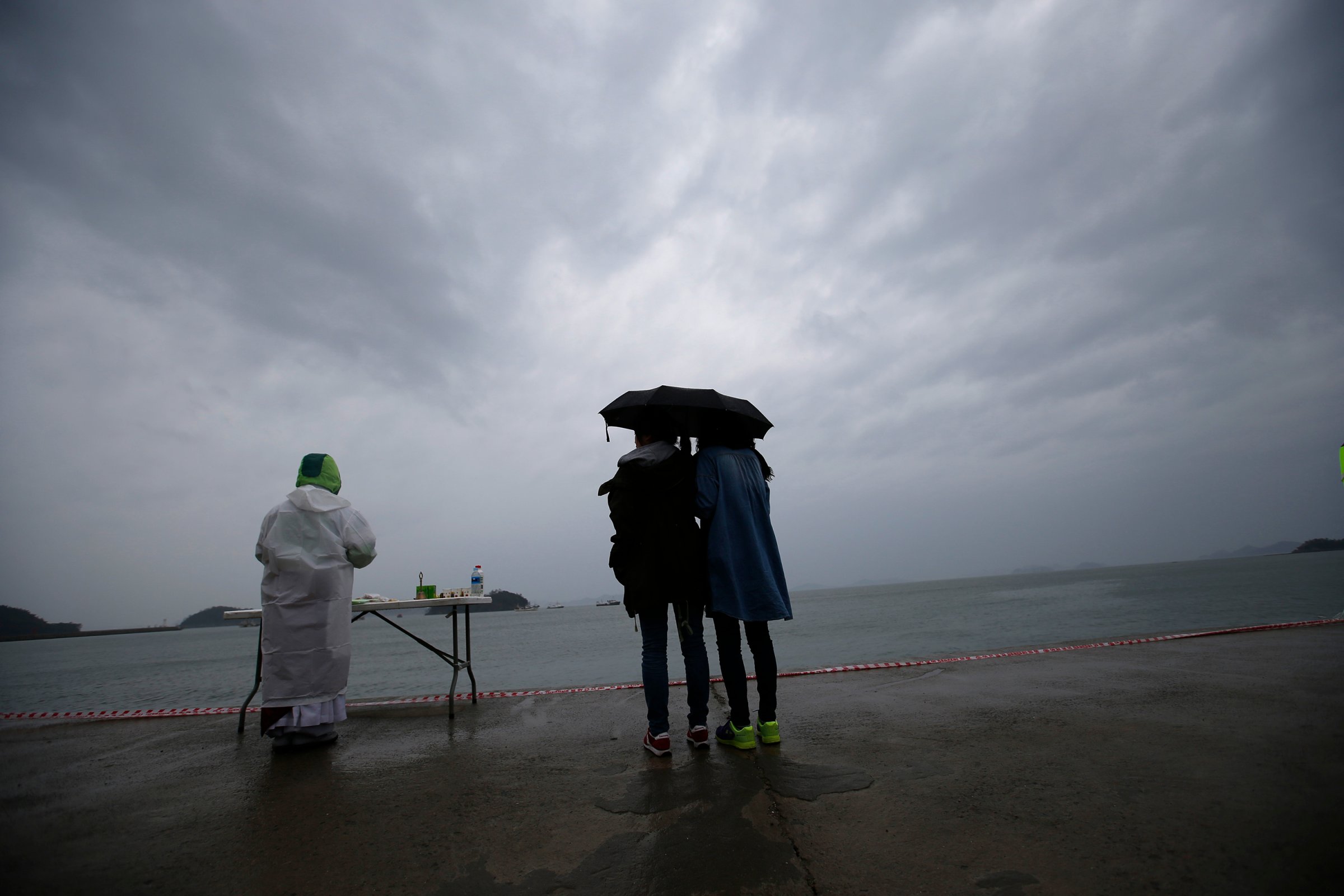
The MV Sewol was operating under a license earned by fraudulent safety documents when it capsized off the South Korean coast in April, an incident that left 300 people — mostly high school students on a class trip — dead.
An interim report on the tragedy filed by South Korean state investigators failed to specify exactly how the Sewol deceived licensing officials, CNN reported, but the Audit and Inspection Board plans to penalize those agencies that failed to perform proper safety inspections aboard the ferry.
On its final voyage, the ferry’s cargo exceeded twice the legal limit and had not been properly secured onboard, contributing to the boat’s capsizing en route from the city of Incheon, near Seoul, to the island of Jeju.
The findings of this latest report do not bode well for the Sewol’s crew and owners, who face legal charges for negligent actions that prosecutors say both facilitated the sinking of the ferry and failed to prevent the death of most of those onboard.
Lee Joon-seok, the captain of the Sewol with four decades of maritime experience, has been charged with murder for fleeing the sinking vessel. The seafaring tradition of “going down with one’s ship” is, many legal experts have argued, in fact enshrined in South Korean and international law.
More Must-Reads from TIME
- Introducing the 2024 TIME100 Next
- The Reinvention of J.D. Vance
- How to Survive Election Season Without Losing Your Mind
- Welcome to the Golden Age of Scams
- Did the Pandemic Break Our Brains?
- The Many Lives of Jack Antonoff
- 33 True Crime Documentaries That Shaped the Genre
- Why Gut Health Issues Are More Common in Women
Contact us at letters@time.com